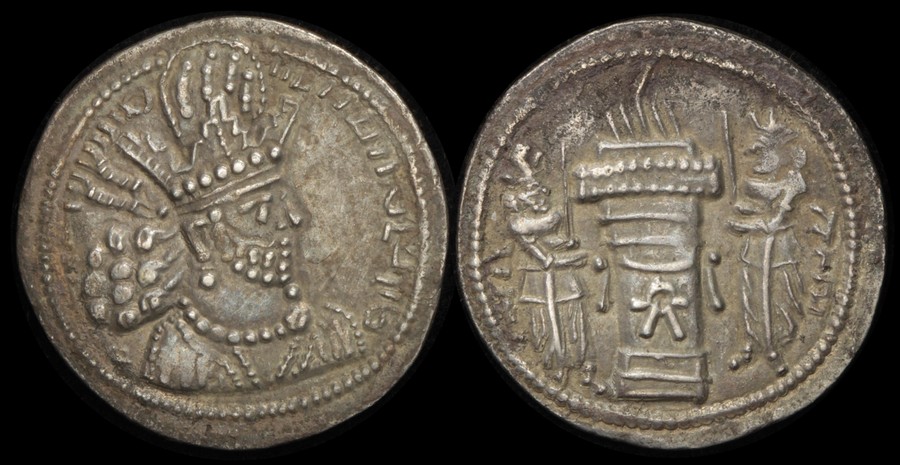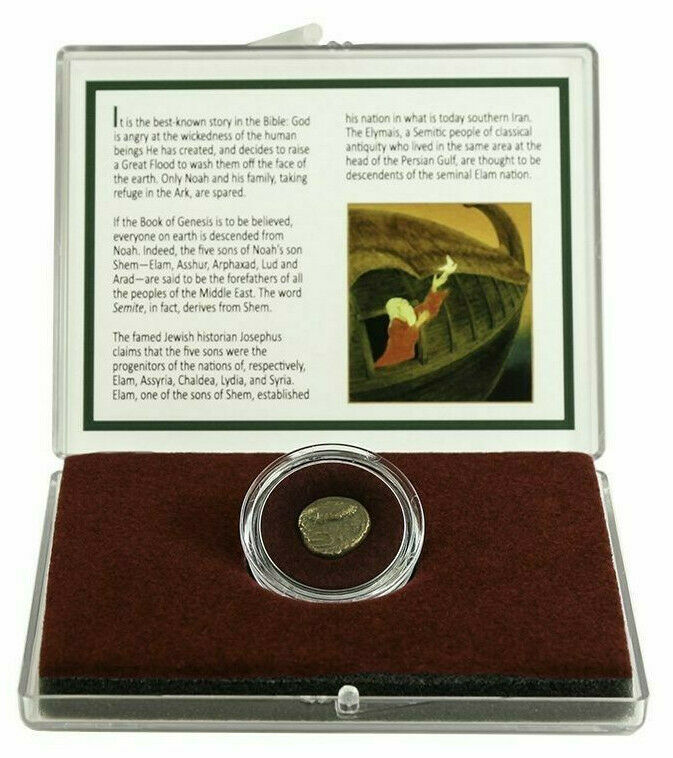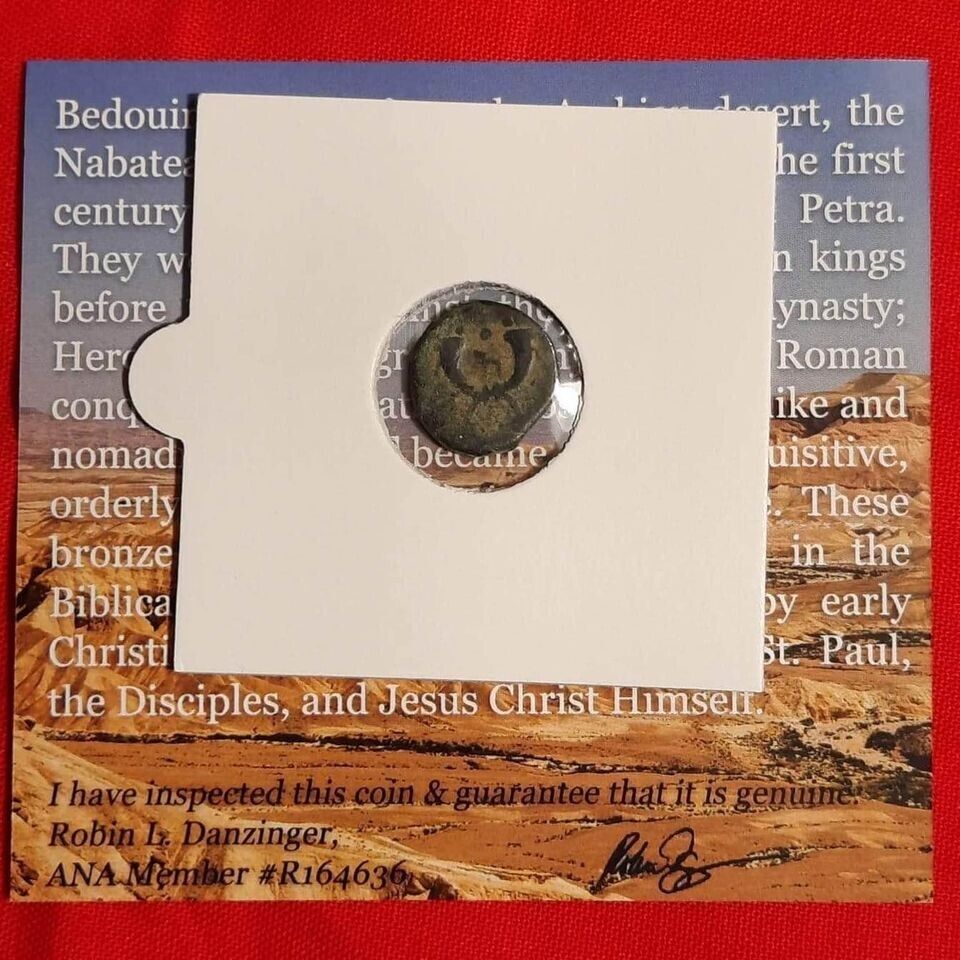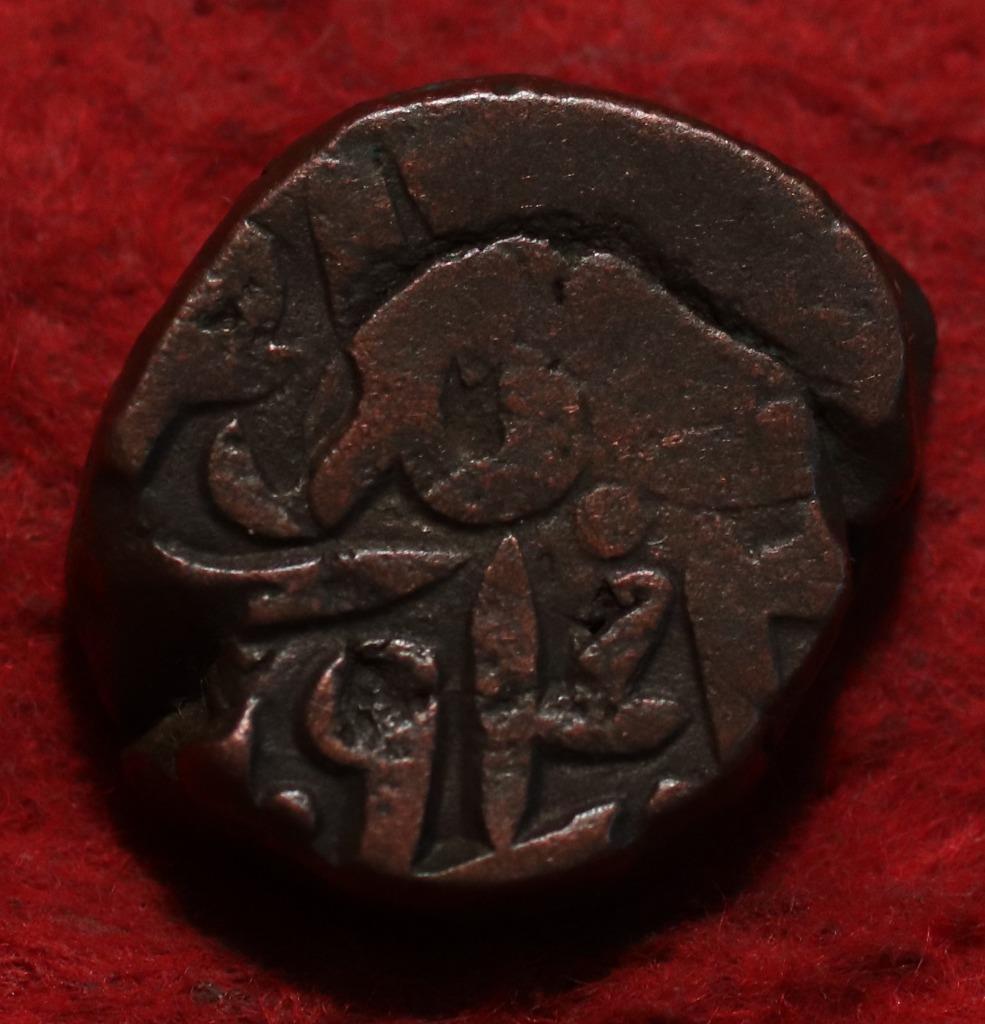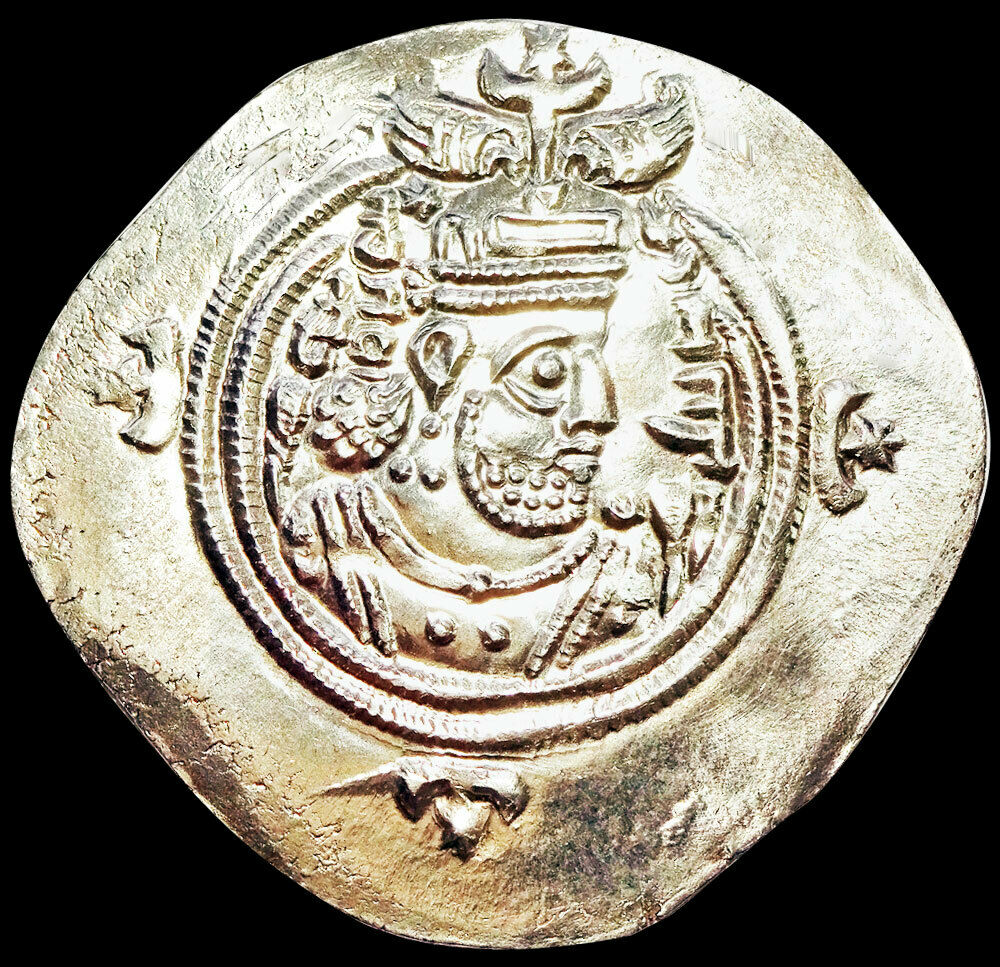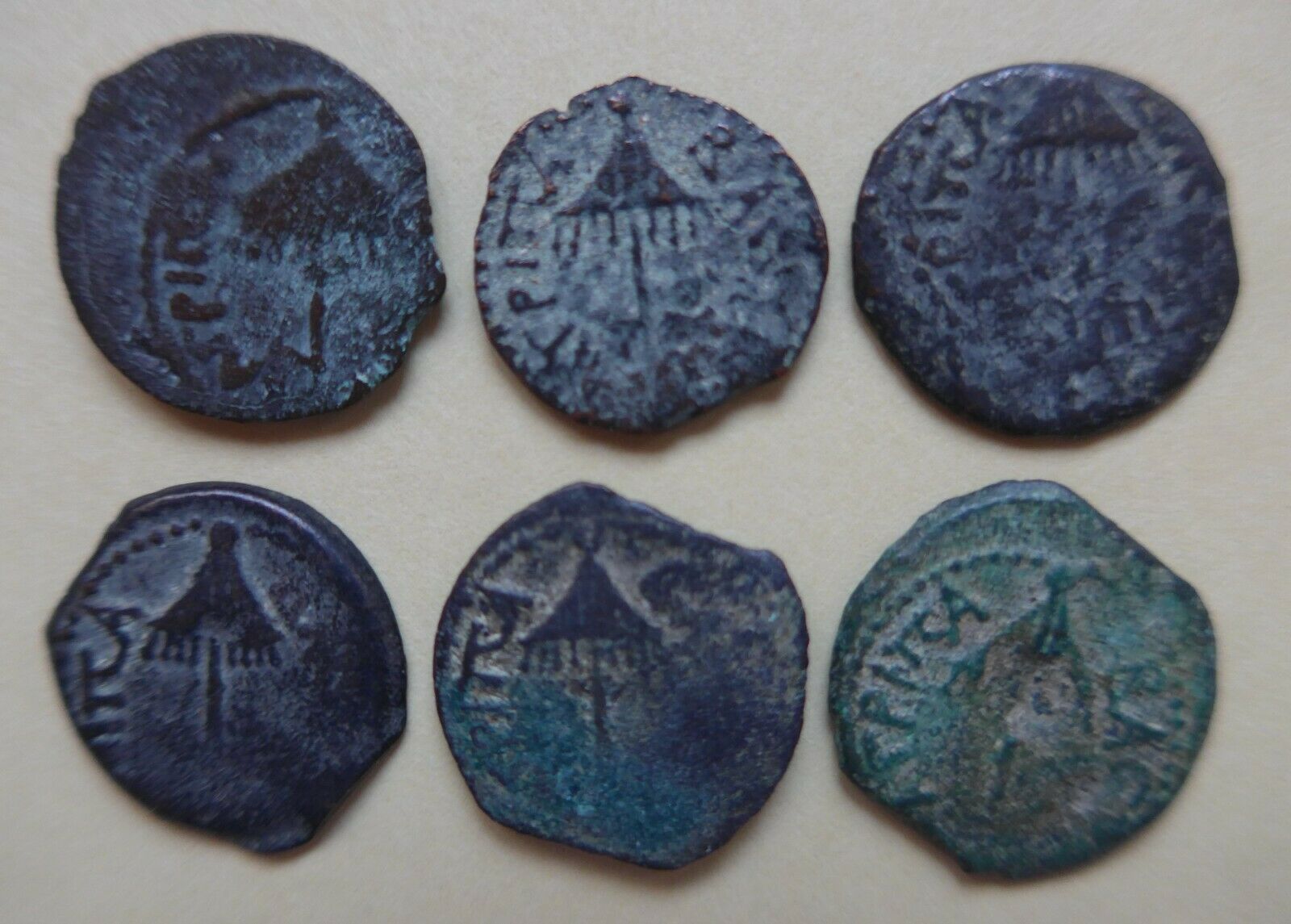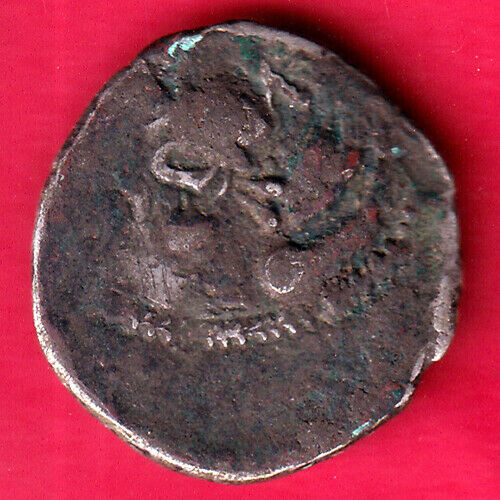-40%
Celtic Danube Eastern Europe 6-2CenturyBC Ring Wheel Money Roulles "Coin" i48342
$ 110.88
- Description
- Size Guide
Description
Item:i48342
Authentic Ancient
Eastern Europe
Celtic Danube Region
Bronze "Ring" or "Wheel" or "Roulles" money
22mm x 7mm (15.58 grams)
Circa 500-100 B.C.
The ancient Celts proto-money trading tokens like this to conduct trades before the introduction of coins to the area and possibly even afterwards.
You are bidding on the exact item pictured, provided with a Certificate of Authenticity and Lifetime Guarantee of Authenticity.
Area Where the Danube Area Celts would have been located
The
Danube
is a river in
Central Europe
, the
European Union
's longest and the
continent
's second longest (after the
Volga
).
Classified as an
international waterway
, it originates in the town of
Donaueschingen
--which is in the
Black Forest
of Germany--at the
confluence
of the rivers
Brigach
and
Breg
. The Danube then flows southeast for 2,872 km (1,785 mi), passing through four
Central European
capitals before emptying into the
Black Sea
via the
Danube Delta
in
Romania
and
Ukraine
.
Once a long-standing frontier of the
Roman Empire
, the river passes through or touches the borders of ten countries:
Romania
(29.0% of basin area),
Hungary
(11.6%),
Serbia
(10.2%),
Austria
(10.0%),
Germany
(7.0%),
Bulgaria
(5.9%),
Slovakia
(5.9%),
Croatia
(4.4%),
Ukraine
(3.8%), and
Moldova
(1.6%).
[1]
Its
drainage basin
extends into nine more.
The
Celts
or
Kelts
were an
ethnolinguistic
group of
tribal
societies in
Iron Age
and
Medieval
Europe who spoke
Celtic languages
and had a similar culture, although the relationship between the ethnic, linguistic and cultural elements remains uncertain and controversial.
Diachronic distribution of Celtic peoples:
core Hallstatt territory, by the 6th century BC
maximal Celtic expansion, by 275 BC
Lusitanian area of Iberia where Celtic presence is uncertain
the six Celtic nations which retained significant numbers of Celtic speakers into the Early Modern period
areas where Celtic languages remain widely spoken today
The earliest archaeological culture that may justifiably be considered
Proto-Celtic
is the Late Bronze Age
Urnfield
culture of Central Europe, which flourished from around 1200 BC. Their fully Celtic descendants in central Europe were the people of the Iron Age
Hallstatt culture
(c. 800–450 BC) named for the rich grave finds in
Hallstatt
, Austria. By the later
La Tène
period (c. 450 BC up to the Roman conquest), this Celtic culture had expanded by
diffusion
or
migration
to the
British Isles
(
Insular Celts
), France and
The Low Countries
(
Gauls
),
Bohemia
, Poland and much of Central Europe, the
Iberian Peninsula
(
Celtiberians
,
Celtici
and
Gallaeci
) and
northern Italy
(
Golaseccans
and
Cisalpine Gauls
) and, following the
Gallic invasion of the Balkans
in 279 BC, as far east as central
Anatolia
(
Galatians
).
Beginning in 2010, it was tentatively proposed that the language of the
Tartessian
inscriptions of south
Portugal
and southwest Spain (dating from the 7th–5th centuries BC) is a Celtic one; however, this interpretation has largely been rejected by the academic community.
The earliest undisputed direct examples of a Celtic language are the
Lepontic
inscriptions, beginning in the 6th century BC.
Continental Celtic languages
are attested almost exclusively through inscriptions and place-names.
Insular Celtic
is attested beginning around the 4th century through
ogham inscriptions
, although it was clearly being spoken much earlier. Celtic literary tradition begins with
Old Irish
texts around the 8th century. Coherent texts of
Early Irish literature
, such as the
Táin Bó Cúailnge
(
The Cattle Raid of Cooley
), survive in 12th-century recensions.
By the mid 1st millennium AD, with the expansion of the
Roman Empire
and the Great Migrations (
Migration Period
) of
Germanic peoples
, Celtic culture and
Insular Celtic
had become restricted to Ireland, the western and northern parts of Great Britain (
Wales
, Scotland, and
Cornwall
), the
Isle of Man
, and
Brittany
. Between the 5th and 8th centuries, the Celtic-speaking communities in these Atlantic regions emerged as a reasonably cohesive cultural entity. They had a common linguistic, religious, and artistic heritage that distinguished them from the culture of the surrounding polities. By the 6th century, however, the
Continental Celtic languages
were no longer in wide use.
Insular Celtic culture diversified into that of the
Gaels
(
Irish
,
Scottish
and
Manx
) and the
Brythonic
Celts (
Welsh
,
Cornish
, and
Bretons
) of the medieval and modern periods. A modern "
Celtic identity
" was constructed as part of the Romanticist
Celtic Revival
in Great Britain, Ireland, and other European territories, such as
Portugal
and
Spanish Galicia
. Today,
Irish
,
Scottish Gaelic
,
Welsh
, and
Breton
are still spoken in parts of their historical territories, and
Cornish
and
Manx
are undergoing a revival.
Frequently Asked Questions
How long until my order is shipped?:
Depending on the volume of sales, it may take up to 5 business days for shipment of your order after the receipt of payment.
How will I know when the order was shipped?:
After your order has shipped, you will be left positive feedback, and that date should be used as a basis of estimating an arrival date.
After you shipped the order, how long will the mail take?
USPS First Class mail takes about 3-5 business days to arrive in the U.S., international shipping times cannot be estimated as they vary from country to country. I am not responsible for any USPS delivery delays, especially for an international package.
What is a certificate of authenticity and what guarantees do you give that the item is authentic?
Each of the items sold here, is provided with a Certificate of Authenticity, and a Lifetime Guarantee of Authenticity, issued by a world-renowned numismatic and antique expert that has identified over 10000 ancient coins and has provided them with the same guarantee. You will be quite happy with what you get with the COA; a professional presentation of the coin, with all of the relevant information and a picture of the coin you saw in the listing.
Compared to other certification companies, the certificate of authenticity is a -50 value. So buy a coin today and own a piece of history, guaranteed.
Is there a money back guarantee?
I offer a 30 day unconditional money back guarantee. I stand behind my coins and would be willing to exchange your order for either store credit towards other coins, or refund, minus shipping expenses, within 30 days from the receipt of your order. My goal is to have the returning customers for a lifetime, and I am so sure in my coins, their authenticity, numismatic value and beauty, I can offer such a guarantee.
Is there a number I can call you with questions about my order?
You can contact me directly via ask seller a question and request my telephone number, or go to my About Me Page to get my contact information only in regards to items purchased on eBay.
When should I leave feedback?
Once you receive your order, please leave a positive. Please don't leave any negative feedbacks, as it happens many times that people rush to leave feedback before letting sufficient time for the order to arrive. Also, if you sent an email, make sure to check for my reply in your messages before claiming that you didn't receive a response. The matter of fact is that any issues can be resolved, as reputation is most important to me. My goal is to provide superior products and quality of service.




